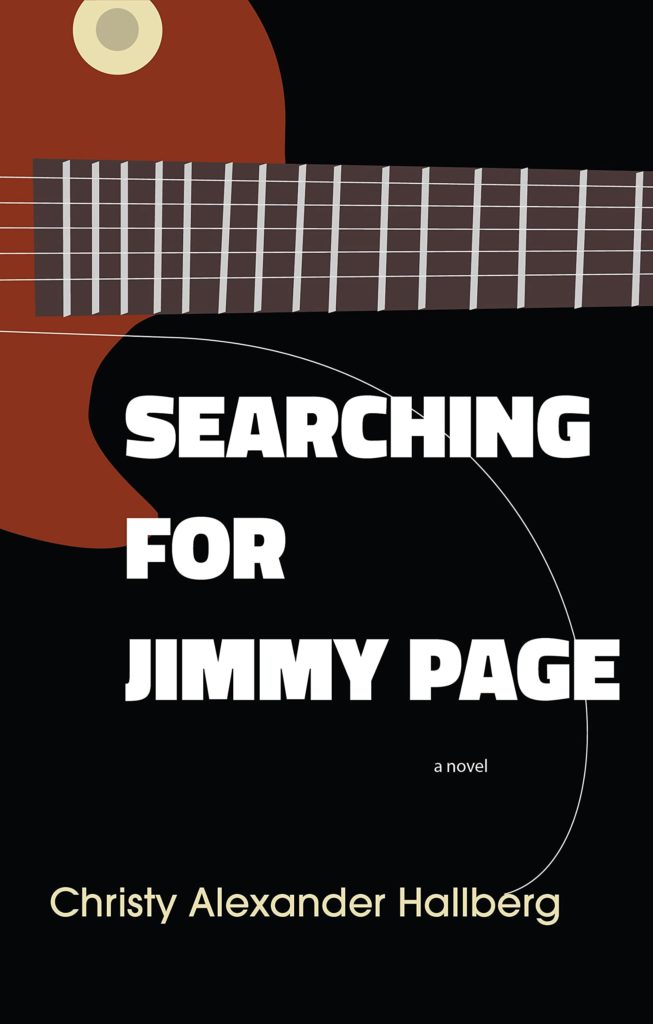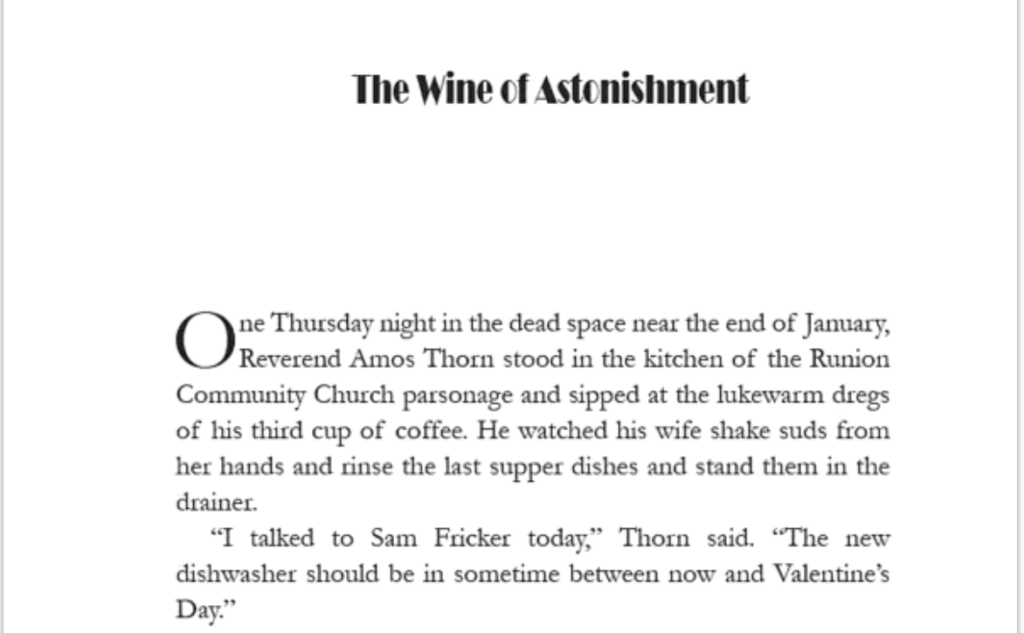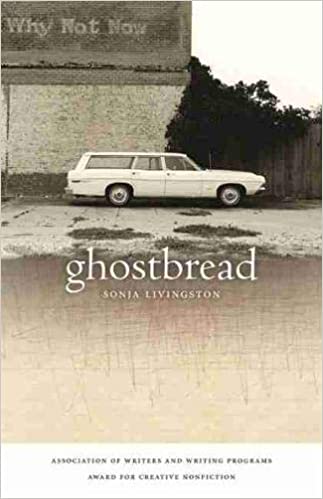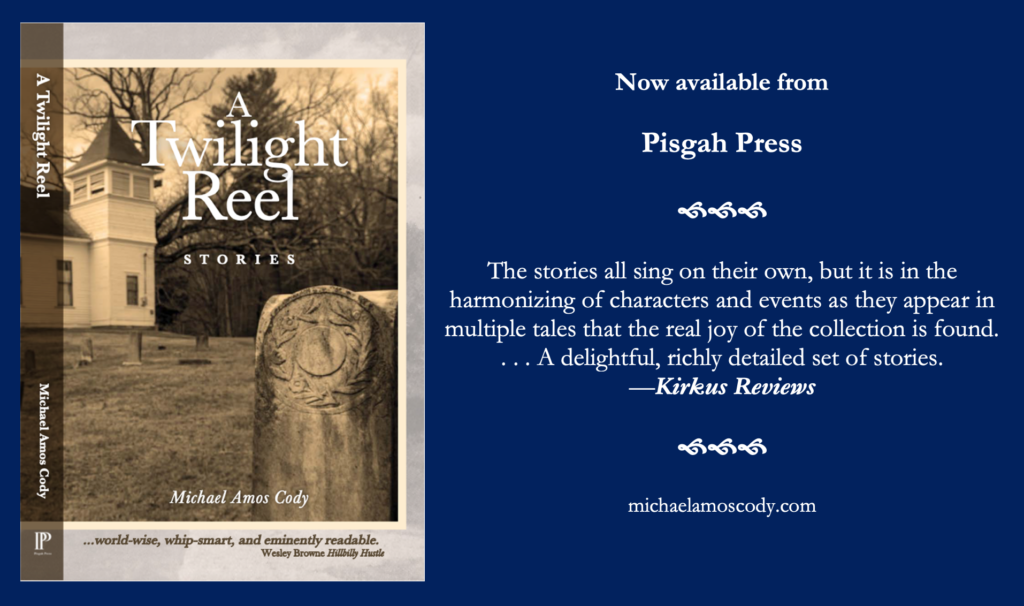Here are some of my favorite general comments about A Twilight Reel, posted either to Amazon or Goodreads by actual readers (i.e., these are not actor reenactments). I’m grateful for and gratified by each of these insightful comments, and thankful for the readers who took time to read and respond.
A Twilight Reel is a short story collection whose specificity of place and time put me in mind of, yes, Joyce and Faulkner, but also Alice Munro and Elena Ferrante — writers whose work is so stamped with the imprint of a region and culture that I feel like I’ve been to those places, and not as a tourist but as a full-fledged member of the community.
. . . And although set in 1999, it is timely enough to call into sharp relief the seemingly unbridgeable divisions we currently live with in American society. And it does this without going anywhere near a soap box. Several books have been recommended to me by conservative friends since 2016 to help me “understand.” None have come close to this book in terms of providing a relatable, believable, fleshed out, functioning world in which these divisions are explored. BIG caveat here: I do not in any way believe that Michael Amos Cody set out to make a political statement. I would hate to saddle such a terrific piece of writing with that kind of intent. The author wants to capture the place and people where he grew up. That’s what he’s done and that’s what makes it so effective.
12 months. 12 stories. Seemingly ordinary people with far from ordinary stories. A touch of Twain, Wilde, and O. Henry woven through a year’s worth of tales from the denizens of the fictional town of Runion, NC. . . . Michael Cody continues the prosaic brilliance displayed in his novel Gabriel’s Songbook that provokes the reader into rapidly turning pages out of pure enjoyment fueled by the anticipation of what is to come with each passing page.
I have finally (late in life) discovered the joy of reading! Twilight Reel was a great read and I felt after finishing each story that I wanted to KNOW MORE about what happens in the life of Cody’s characters! I liked the mention of characters from his novel, Gabriel’s Songbook, which was another very enjoyable read!
A Twilight Reel belongs to a rare, wonderful breed: undeniably “literary” fiction that still reads like a guilty pleasure. These stories would be lauded in an MFA workshop—but you should also give the book to your cousin who hates to read! Much has been said about the book’s refined virtues, and I’ll add some more. But let the reader first know that Cody has so exquisitely described a place, that its particularity becomes a portal to wherever you are; has birthed compelling characters you badly miss when you finish the book; and has crafted narratives that drive the reader through even the most meticulous literary craftsmanship. . . . This is surely a collection of stories for readers interested in understanding contemporary Appalachia. But Cody’s fictional town of Runion, North Carolina is no more restrictive to his vision than Hawthorne’s Salem or even Balzac’s Paris were to them. These stories are, as Paine wrote of Common Sense, “the concern of every [person] to whom nature hath given the power of feeling.”
In A Twilight Reel, Michael Amos Cody creates a mosaic portrait of the fictionalized town of Runion, North Carolina, with each of its twelve short stories corresponding to a month of the year. Cody writes about present-day Appalachia without condescension or contrived positivity, portraying Runion’s surroundings and characters with subtlety and sensitivity. As such, Cody’s imagined community compares favorably with Wendell Berry’s Port William, Kentucky in its depth and reach. As in his earlier novel Gabriel’s Songbook, Cody establishes his own sense of place with a keen eye for detail and a heart as big as all outdoors.
If the nostalgic feeling of your small hometown could somehow be embodied in a book, this is it. This collection of short stories, all set in a small North Carolina town called Runion, is unapologetically realistic if you’ve ever lived in a small southern town full of secrets and intertwined relationships. Cody’s work in this collection boasts the kind of raw southern charm that only Flannery O’Connor can parallel. This collection of stories is worth the buy, but note that it’s impossible to just stop at one story, so be sure that you have an entire afternoon free for reading once you start.
The photograph on this book’s cover perfectly suggests the pleasures that await the reader inside. Each story draws you in inexorably, and you find yourself eagerly anticipating the denouement while also slowing yourself down to savor. . . . You know, the way the best stories do. . . . If i could give this collection six stars, i would.
This collection of short stories takes you back to a place where relationships matter and a sense of home abounds. The stories are beautifully written with rich characters. A must read!
A Twilight Reel reminds us of the connections, both expected and unlikely, that exist among people. Michael Amos Cody carefully quilts together the lives of those living in and passing through small town Appalachia, reminding us that it is often impossible to completely know the secrets, intentions, and stories of those who surround us, even though our lives are intertwined.
This was a very enjoyable read. From a character’s simple appreciation of a beverage to their strong memories which modify their current behaviors, Cody seamlessly marries the internal and external lives of these townsfolk. You enter their world and consciousness as individuals and feel them enter the varied interrelationships of small town life. The reach of the area’s history shows its continuing influence in each chapter, whether from ancestral deeds and misdeeds or from the meaning of the Civil War itself. Highly recommended.
Talk about bringing characters, scenery, hopes, fears, tears, love and desires to life, Michael Cody has a way that allows your imagination to be inside the settings. A fabulous collection of stories that brought an outsider into the life of those in Runion.
Haunting, smart, with an eye of compassion for the assorted folx living in the small but changing small town of Southern Appalachia.
The author’s descriptions in each story are so vivid that the reader feels like she is there. When I was reading “The Wine of Astonishment,” I realized my heart was beating out of my chest. The book has numerous accounts of the residents of a fictional town attempting to deal with a changing world while keeping the traditions of their past that are worth preserving. Sometimes, the traditions and beliefs are so strong that no attempt is made to change, grow, and consider the perspective of another. The book helped me to better understand myself and the Appalachian area in which I was reared.
Many of these snapshots have celebratory elements of life, though, especially of the Appalachian slice. The culture is poignant in these stories. . . . Overall, it’s a really solid collection, and I think the snapshots feel a bit like turning the pages of a family album. I highly recommend sitting down and spending some time on the front porch with these stories. 🙂












